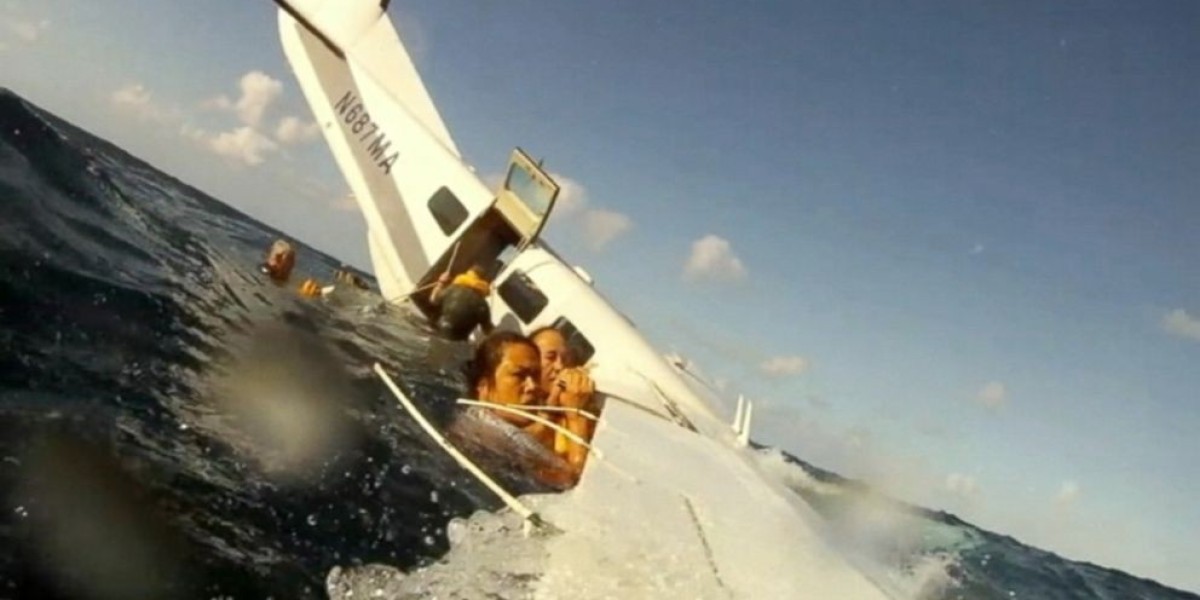When a plane crash in the ocean, the outcome can vary significantly depending on the circumstances of the incident, including the type of aircraft, the location of impact, and the response of rescue teams. Here's what generally happens when such an event occurs:
- Impact and Submersion: Upon impact with the water, the aircraft may break apart or remain relatively intact, depending on the force and angle of the landing. The impact can be violent, causing structural damage and injuring passengers and crew members. As the plane submerges into the water, it may rapidly fill with water through breaches in the fuselage.
- Immediate Response: In the immediate aftermath of a crash landing in the ocean, passengers and crew members must act quickly to evacuate the aircraft. If the plane remains afloat and relatively intact, emergency exits and evacuation slides may be used for passengers to exit onto life rafts or directly into the water.
- Water Evacuation and Survival: Once in the water, survivors must contend with challenges such as cold temperatures, rough seas, and potential injuries. It's crucial to stay together as a group, assist those who are injured or in distress, and seek out life rafts or floating debris that can provide temporary support and shelter.
- Search and Rescue Operations: Local authorities, coast guards, and other maritime agencies initiate search and rescue operations immediately upon receiving notification of the crash. This may involve deploying ships, helicopters, and other assets to locate survivors, recover bodies, and assess the scene.
- Recovery Efforts: In cases where the aircraft sinks to the ocean floor, recovery efforts may be complicated and time-consuming. Underwater salvage operations may be conducted to retrieve the wreckage, recover flight data recorders (black boxes), and investigate the causes of the crash.
- Investigation and Analysis: Following the crash, a thorough investigation is conducted to determine the factors contributing to the incident. This includes analyzing flight data, cockpit voice recordings, maintenance records, and other relevant information to understand what led to the crash and identify any safety issues or human errors.
- Support and Assistance: Survivors and families of victims receive support and assistance from airlines, authorities, and relevant organizations. This includes providing counseling, coordinating travel arrangements, and offering financial assistance where appropriate.
Overall, surviving a plane crash or emergency landing in the ocean requires quick thinking, cooperation, and resilience from passengers and crew members. While such incidents are rare, they highlight the importance of emergency preparedness, effective evacuation procedures, and robust search and rescue capabilities to minimize casualties and improve aviation safety.



